Research of 3D Virtual Characters Reconstructions Based on NeRF
DOI: 10.23977/jeis.2023.080606 | Downloads: 38 | Views: 1612
Author(s)
Lingyi Song 1
Affiliation(s)
1 Chongqing No.8 Secondary School, No.8 Gongyuanbei Road, Yubei District, Chongqing, China
Corresponding Author
Lingyi SongABSTRACT
With the development of the Internet, Metauniverse, and graphics processing technique, video games and immersive virtual social contacting service are largely propelled. Therefore, the quality of 3D virtual character models is getting more and more important—higher fidelities of screens have largely promoted the demand for finer 3D character models. However, the cost and time efficiency of traditional modeling relied on human artist can hardly support such a great demand, and will potentially slow down the development of video game and metauniverse industry. In an effort to improve this situation, this paper conducted research about 3D virtual characters reconstructions through NeRF and illustrated the principals and functions of NeRF. Using two different datasets (Doll Photos Dataset and Real-Human Photos Datasets), this paper evaluated the NeRF model and provided researching advice for future research about dataset building and possible directions.
KEYWORDS
Neuron Radiance Field; 3D-Reconstruction; Human ReconstructionCITE THIS PAPER
Lingyi Song, Research of 3D Virtual Characters Reconstructions Based on NeRF. Journal of Electronics and Information Science (2023) Vol. 8: 41-54. DOI: http://dx.doi.org/10.23977/10.23977/jeis.2023.080606.
REFERENCES
[1] China Audio-video and Digital Publishing Association (GPC). Chinese Gaming Industry Report 2022. February 2, 2023.
[2] China Audio-video and Digital Publishing Association (GPC). Gametech – A New Technology Cluster in The Process of Digital-real Integration. July 21, 2022.
[3] Diana Werner, Ayoub Al-Hamadi, Philipp Werner. Truncated Signed Distance Function: Experiments on Voxel Size. University of Magdeburg. 2014.
[4] Zhenbao Liu, Hongliang Qin, Shuhui Bu, Meng Yan, Jinxin Huang, Xiaojun Tang, Junwei Han. 3D Real Human Reconstruction Via Multiple Low-cost Depth Cameras. Northwestern Polytechnical University. 2017.
[5] Matthew Loper, Naureen Mahmood, Javier Romero, Gerard Pons-Moll, Michael J. Black. SMPL: A Skinned Multi-person Linear Model. 2015.
[6] Nelson Max. Optical Models for Direct Volume Rendering. University of California, Davis, and Lawrence Livermore National Laboratory. 1995.
[7] Ben Mildenhall, Pratul P. Srinivasan, Matthew Tancik, Jonathan T. Barron, Ravi Ramamoorthi, Ren Ng. NeRF: Representing Scenes as Neuron Radiance Fields for View Synthesis. UC Berkeley, Google Research, and UC San Diego. 2020.
[8] Yao Yao, Zixin Luo, Shiwei Li, Jingyang Zhang, Yufan Ren, Lei Zhou, Tian Fang, Long Quan. BlendedMVS: A Large-scale Dataset for Generalized Multi-view Stereo Networks. The Hongkong University of Science and Technology, Everest Innovation Technology, and Zhejiang University. 2019.
[9] Diederik P. Kingma, Jimmy Lei Ba. Adam: A Method for Stochastic Optimization. 2017.
| Downloads: | 13850 |
|---|---|
| Visits: | 586967 |
Sponsors, Associates, and Links
-
Information Systems and Signal Processing Journal
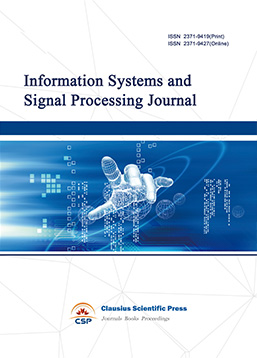
-
Intelligent Robots and Systems
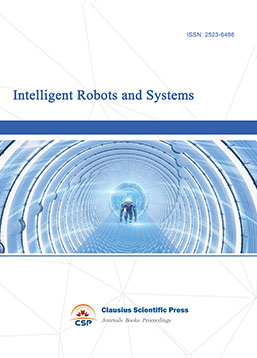
-
Journal of Image, Video and Signals
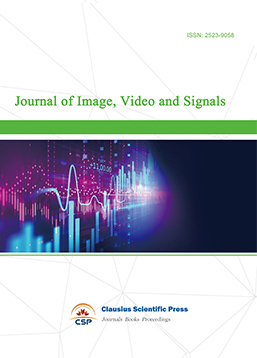
-
Transactions on Real-Time and Embedded Systems
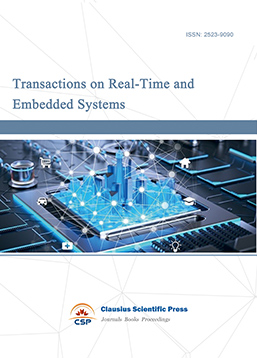
-
Journal of Electromagnetic Interference and Compatibility
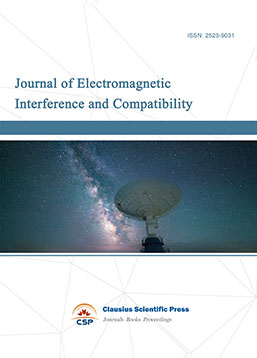
-
Acoustics, Speech and Signal Processing
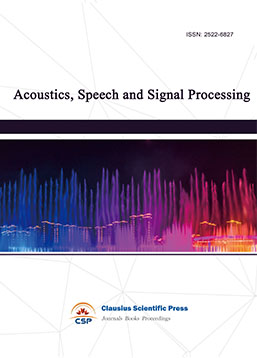
-
Journal of Power Electronics, Machines and Drives
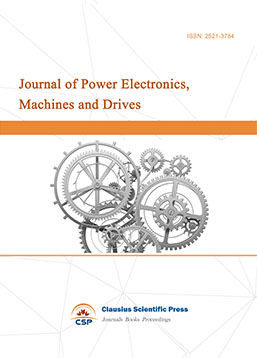
-
Journal of Electro Optics and Lasers
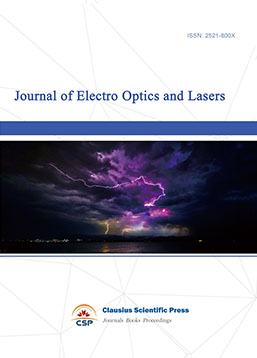
-
Journal of Integrated Circuits Design and Test
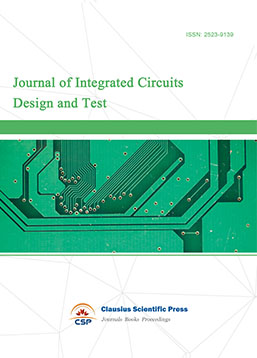
-
Journal of Ultrasonics

-
Antennas and Propagation
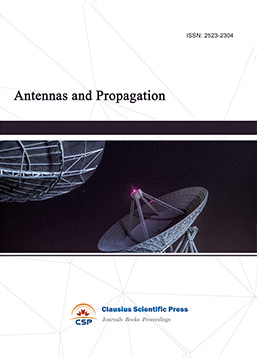
-
Optical Communications
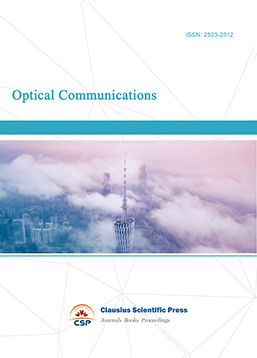
-
Solid-State Circuits and Systems-on-a-Chip
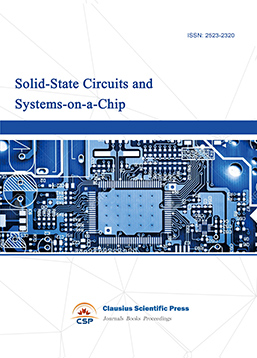
-
Field-Programmable Gate Arrays
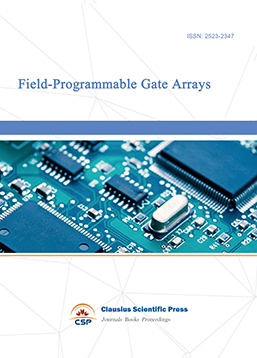
-
Vehicular Electronics and Safety

-
Optical Fiber Sensor and Communication
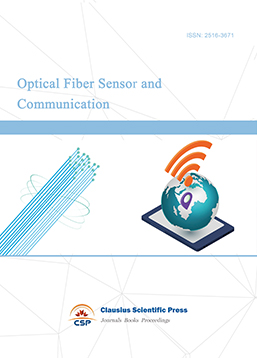
-
Journal of Low Power Electronics and Design
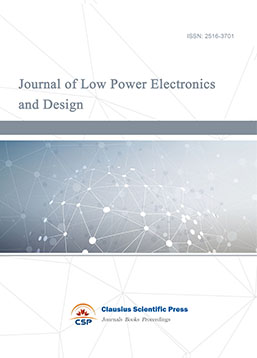
-
Infrared and Millimeter Wave
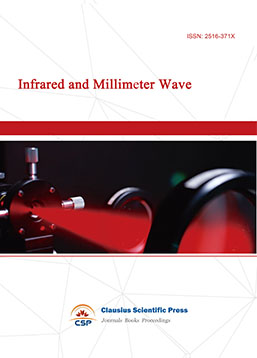
-
Detection Technology and Automation Equipment

-
Journal of Radio and Wireless

-
Journal of Microwave and Terahertz Engineering
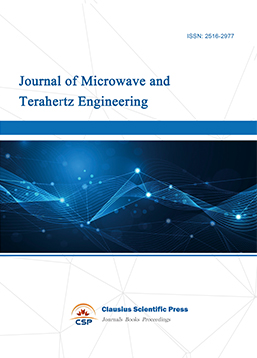
-
Journal of Communication, Control and Computing
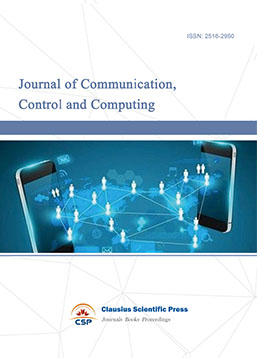
-
International Journal of Surveying and Mapping
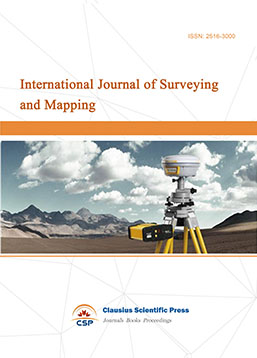
-
Information Retrieval, Systems and Services
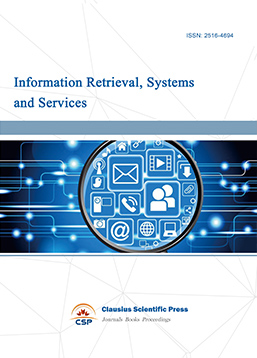
-
Journal of Biometrics, Identity and Security
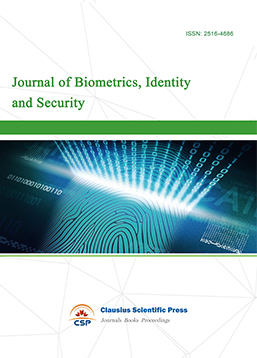
-
Journal of Avionics, Radar and Sonar
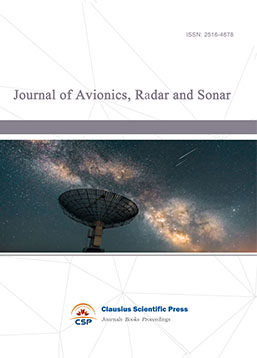

 Download as PDF
Download as PDF